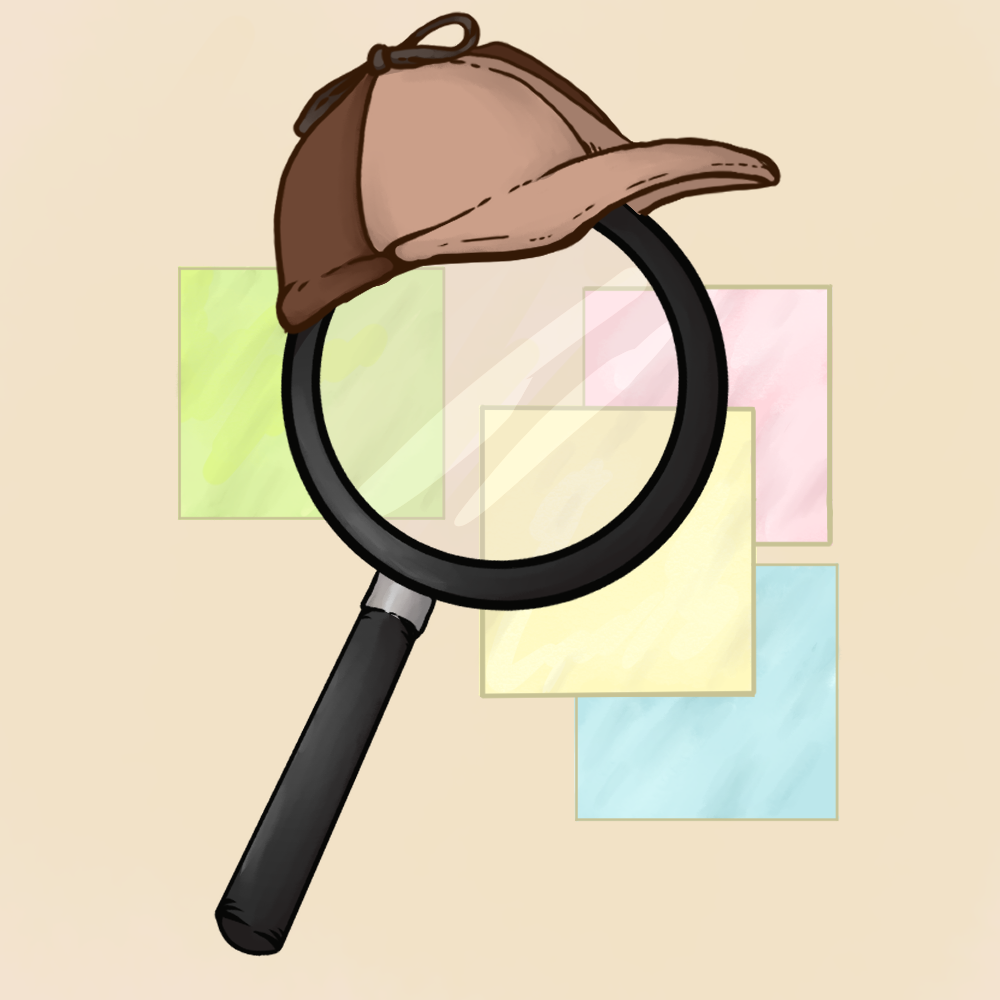Card

Scavenger Hunt Notes
Scavenger Hunt Notes is a strategy where students move around the room to complete a note-taking task. The teacher introduces a topic through a brief talk or video. Then, the students hunt for information to complete their notes on the topic. This can be used for any subject notes, vocabulary, sample problems, and dates.
Scavenger Hunt Notes
Summary
Students move around the room while filling in notes about a given topic. Rather than taking notes from a lecture, students are actively engaged in interacting with the content as they take notes. This is a self-paced activity where students collect the answers (i.e., clues) in any order to complete the notes. To create the scavenger hunt, transfer the topic’s notes into a fill-in-the-blank handout where the “blanks/answers” are facts, vocabulary, and important information the students need to learn. These answers are hidden around the room and are now “clues” for students to hunt for.
Procedure
Create a note-taking handout with important information that will be recorded for a given topic. For each line or fact, remove an important word(s) to create a blank. (Select words to omit that only have one blank in which they could logically fit.) For each blank, put the removed word(s) on a separate sheet to create a Scavenger Hunt clue. These can be numbered to match the notes or left unmarked for students to decide their placement.
Ex: Electrons are negatively charged _______ particles that can be either bound to an atom or free (not bound).
Clue: subatomic
Hang the clues around the room in any order prior to starting the activity. (e.g., walls, sides of cabinets, under chairs, etc.)
Introduce the topic to the students and inform them that they will be hunting for the answers on their note-taking handout.
Pass out the note-taking handout to each student. Students can work individually or in pairs.
Inform students they can fill in the blanks in any order they choose, but they must find the best answer for each blank.
Allow students time to move around the room filling in their handout. If working with younger students, you might instruct them to work in a circle so that they do not miss any clues.
Once all students have completed the handout, have students compare their notes with partners or in groups. Then go over the answers as a class.
Teach beyond the desk scavenger hunt notes. teachbeyondthedesk. (n.d.). https://www.teachbeyondthedesk.com/scavenger-hunt-notes




